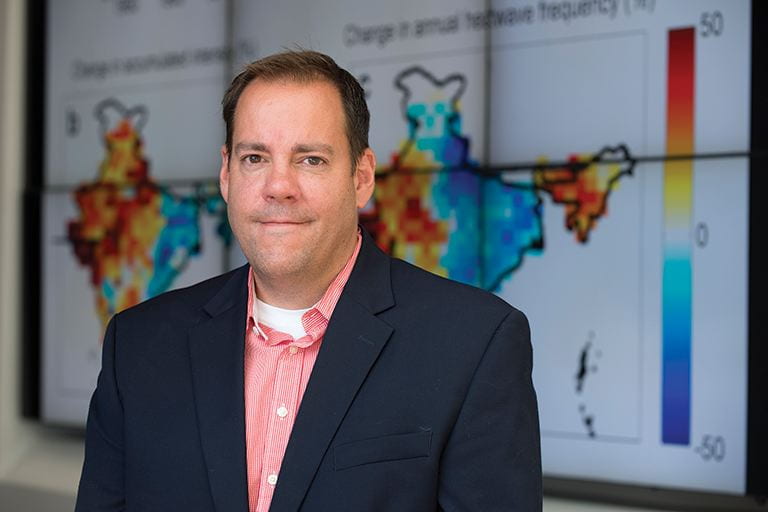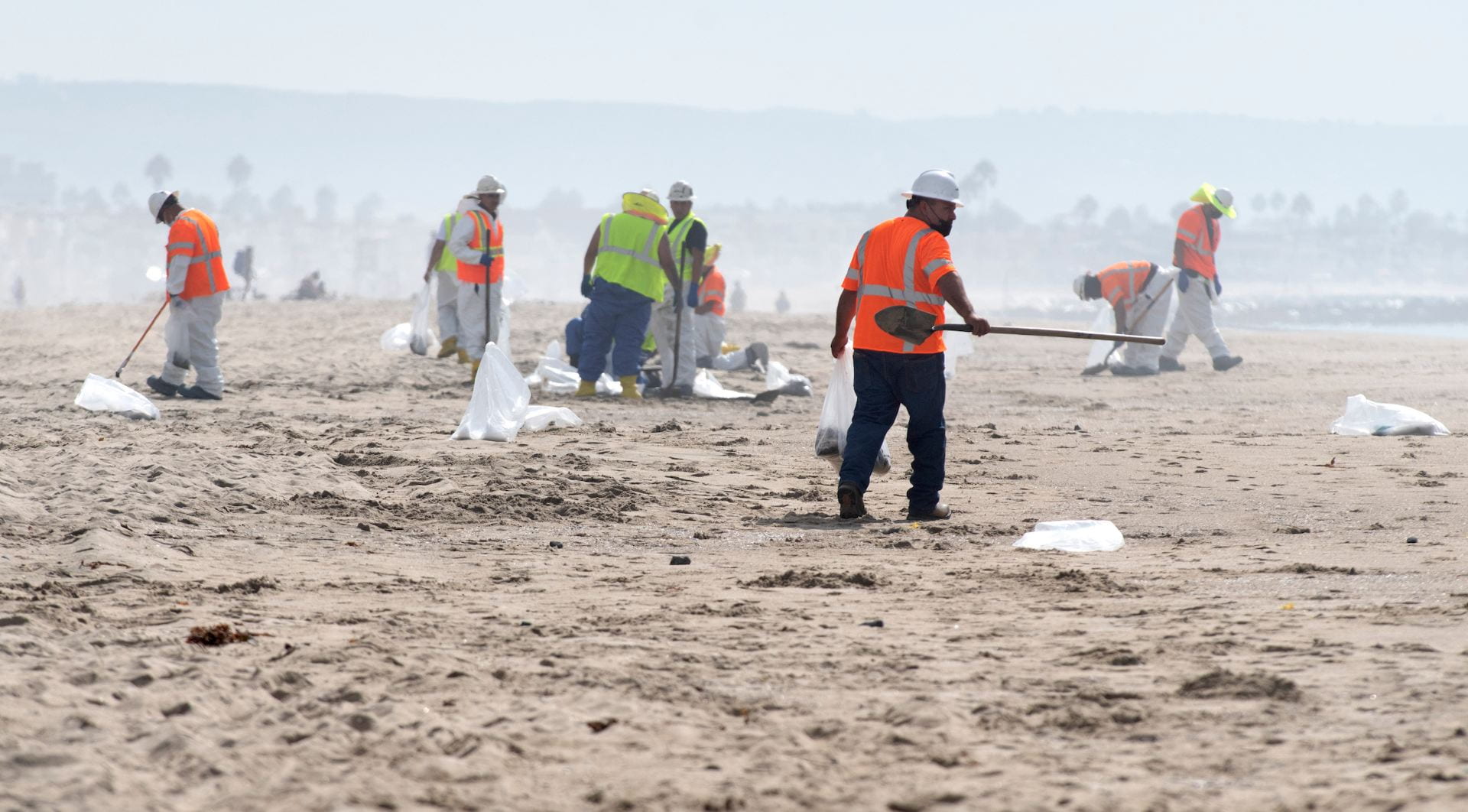UC Irvine Earth system scientists plot pathways for climate-conscious air travel
Net-zero-emissions flying is possible by 2050 with new technologies and habits

Irvine, Calif., Feb. 6, 2023 – With its high-carbon footprint, air travel challenges the goal set by many countries of stabilizing global mean temperature by the middle of the 21st century. The aviation sector could achieve net-zero carbon emissions by 2050 through a combination of technology and a change in habits, but it’s not going to be easy, according to Earth system scientists at the University of California, Irvine.
In a paper published recently in Nature Sustainability, the UCI researchers spotlight efforts that will be necessary for the airline industry to operate more sustainably. Assuming moderate growth in demand for flights over the next few decades, steps that can be taken to curtail aviation emissions include business practice and infrastructure enhancements, more efficient propulsion systems and greatly expanded use of sustainable aircraft fuels, the paper’s authors note.
“We are beginning to see a path toward dealing generally with climate change through improved efficiencies, electrification of energy end uses and switching to non-greenhouse-gas-emitting sources of energy,” said lead author Candelaria Bergero, UCI Ph.D. student in Earth system science. “But flying will be particularly hard to decarbonize because of its appeal and popularity as a mode of transportation and its reliance on energy-dense liquid fuels.”
In the paper, the researchers highlight an important if not immediately obvious factor – the non-CO2 contribution to climate change from air travel. “Planes produce nitrous oxide and an exhaust water vapor trail when they’re aloft,” Bergero said. “Studies found that this amounts to two-thirds of the climate change-causing radiative forcing that comes with aviation.”
She said that non-CO2 effects from contrails will need to be compensated by removing hundreds of millions of tons of direct carbon dioxide from the air, far more capacity than currently exists worldwide. Airline industry leaders who have committed to net-zero carbon operations must either get rid of the carbon on their own or aggressively pursue carbon credits to pay others to accomplish the removal.
The researchers note that eliminating all emissions from air transportation will require a dramatic transition to sustainable aviation fuels. Derived synthetically or through biofuels generation, these fossil fuel replacements are feasible and appealing to industry leaders because they are considered a “drop-in” resource that can be used in existing aircraft – some of which have operational lifespans approaching 50 years – and current fueling infrastructure.
But there are other cost and capacity issues that come with sustainable aviation fuels. The researchers state that the most scalable SAFs are still about four times more expensive than fossil jet fuel today, and a complete replacement in the air transportation sector would gobble up a quantity of fuels equal to all biofuels produced worldwide in 2019.
“Scaling up production of sustainable aviation fuels will entail big investments in new technologies and processes. Demand for biofuels will also be competing with food production for land, even as demand for food also increases in the coming years,” said co-author Steven Davis, UCI professor of Earth system science. “But we are optimistic that through targeted innovation, good public policy and corporate climate action, our society can make progress toward achieving net-zero commercial aviation.”
Joining Bergero and Davis in this research, which was funded by the National Science Foundation and the U.S. Department of Agriculture, were Greer Gosnell and Morgan Bazilian of the Colorado School of Mines and Dolf Gielen and Seungwoo Kang of the International Renewable Energy Agency in Germany.
About UCI’s Brilliant Future campaign: Publicly launched on Oct. 4, 2019, the Brilliant Future campaign aims to raise awareness and support for UCI. By engaging 75,000 alumni and garnering $2 billion in philanthropic investment, UCI seeks to reach new heights of excellence in student success, health and wellness, research and more. The School of Physical Sciences plays a vital role in the success of the campaign. Learn more by visiting https://brilliantfuture.uci.edu/uci-school-of-physical-sciences.
About the University of California, Irvine: Founded in 1965, UCI is a member of the prestigious Association of American Universities and is ranked among the nation’s top 10 public universities by U.S. News & World Report. The campus has produced five Nobel laureates and is known for its academic achievement, premier research, innovation and anteater mascot. Led by Chancellor Howard Gillman, UCI has more than 36,000 students and offers 224 degree programs. It’s located in one of the world’s safest and most economically vibrant communities and is Orange County’s second-largest employer, contributing $7 billion annually to the local economy and $8 billion statewide. For more on UCI, visit www.uci.edu.
Media access: Radio programs/stations may, for a fee, use an on-campus ISDN line to interview UCI faculty and experts, subject to availability and university approval. For more UCI news, visit news.uci.edu. Additional resources for journalists may be found at communications.uci.edu/for-journalists.



